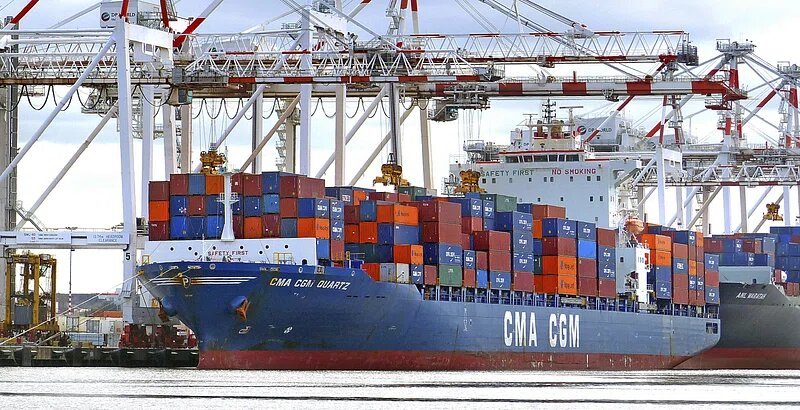How to Manage a Container Yard - Tips for Managing a High-Functioning Container Depot
As an element of the world's shipping industry, container yards help reduce traffic and safeguard containers until they are ready to set sail in the open seas. Considered a crucial facility, container depots must be safe and secure spaces where large volumes of products and commodities can be stored for an indefinite period. While there are many challenges to keeping a container yard in tip-top condition, here are some management guidelines to maintain an active storage hub for containers.

Container Yard | img via rawpixel
Consider the Yard Floor Strength
First and foremost, container yard managers should have an accurate understanding of how strong any particular container depot floor is and the maximum weight it can support. Stacking containers beyond the yard's weight capacity can be a recipe for disaster as it can seriously damage the yard floor and thereby create an unsafe working environment for all involved. Watch the reach stacker as containers and being stacked so that you know how much weight is being held up by the floor to prevent damage.
The Lay of the Land
The layout of a container yard also plays a big role in its overall effectiveness, holding capacity and safety. Container yard managers must also be wary when containers are stacked too close together as there must be a gap between stacks so that the containers can be moved around individually without dislodging the other units around it. The space allocation between two container stacks must be more than what's typical in a warehouse aisle, for example, as more width is required. While it is equally important to stack containers in a manner that does not waste valuable empty space, the gap between stacks must be maintained for safety reasons. The number of trucks that will be driving in and out of the yard must also be considered in the same breath.
Intersections and Signposts
A container yard must also not encompass too many intersections as this will also prove to be a safety concern. It is also crucial to mark out the different sections and zones in the container yard so that those who work inside the yard and those driving into the facility are aware of where to go and where not to venture.
Buy a Reach Stacker
Although some container yard owners use rented reach stackers, it is an essential tool that must be part of your container yard's arsenal. Reach stackers come in all shapes and sizes and it is important to choose one that fits the specific requirements of your depot as the weight per container and the stack height will differ. Although reach stackers are costlier than forklifts, container yards with their own reach stackers can charge more for storage and employ operators with more specialised skills and licenses to use a reach stacker.
Watch the Fuel Tank
Container yards with reach stackers will need to have their own filling station or fuel supply as it is not possible to fill up fuel from public locations. Ensure that the location of the fuel tank is large and situated far enough from the storage units so that no damage can occur in case of a fire or a similar mishap.
Light up the Yard
Container yards must also be adequately lit up around the clock, especially if it is operational 24 hours a day. South Asia Gateway Terminals and other well-known container terminal operator outfits will often employ the services of a 24-hour container yard due to the efficiency and convenience it offers. Yard managers must, therefore, ensure that the lights of the building are placed in higher locations than the stacks as the containers will block out light from entering the yard if they are placed below or on the same level as the containers. A dark yard is a dangerous workplace in the world of shipping and handling containers.
